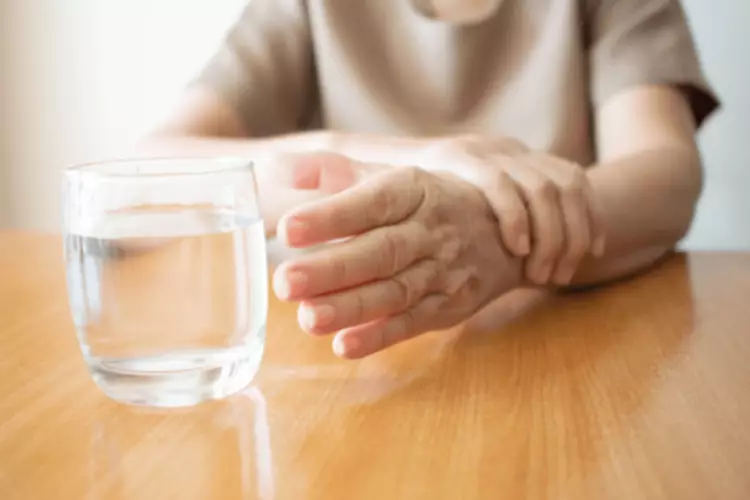Behavioral therapies help people in drug addiction treatment modify their attitudes and behaviors related to drug use. As a result, patients are able to handle stressful situations and various triggers that might cause another relapse. Behavioral therapies can also enhance the effectiveness of medications and help people remain in treatment longer. Research shows that when treating addictions to opioids (prescription pain relievers or drugs like heroin or fentanyl), medication should be the first line of treatment, usually combined with some form of behavioral therapy or counseling. Medications are also available to help treat addiction to alcohol and nicotine. Like treatment for other chronic diseases such as heart disease or asthma, addiction treatment is not a cure, but a way of managing the condition.
What Are the Different Stages of the Relapse Process?
These medications should be used in conjunction with therapy and other recovery strategies. Four standardized instruments were used to collect data on craving, affect, self-efficacy, https://ecosoberhouse.com/ and expressed emotions. Take our short alcohol quiz to learn where you fall on the drinking spectrum and if you might benefit from quitting or cutting back on alcohol.
HPA axis function in alcohol use disorder: A systematic review and meta-analysis – ScienceDirect.com
HPA axis function in alcohol use disorder: A systematic review and meta-analysis.
Posted: Wed, 05 Jul 2023 07:22:49 GMT [source]
Alcohol Relapse by Age
- In contrast, females showed markedly higher rates of desistance from moderate AUD in early adulthood compared to older ages and attenuated rates of desistance from severe AUD compared to males during ages 30 to 34 only.
- Even after you purge the excess alcohol from your system, certain feelings, thoughts, and events can trigger an urge to drink.
- We publish material that is researched, cited, edited and reviewed by licensed medical professionals.
- Sandwiches, fruit, vegetables, snacks and desserts – they make a delicious addition to a beach day, but they’re also important when you’re drinking out in the sun.
Whether your relapse means that you need to attend treatment again depends on several factors. These include how long the relapse lasted and how much you were drinking during the relapse. An extended relapse with heavy drinking can put you at risk of alcohol withdrawal symptoms, which can be dangerous. If you’ve experienced an extended relapse, you’ll likely benefit from medical detox, where any withdrawal symptoms are managed under medical supervision. Once your doctors in detox have made a full assessment of your condition, they will be able to recommend whether or not they think you would benefit from going back to rehab.
What Are the Differences Between Types of Relapses?
In 2019, the FDA warned that people with respiratory conditions or who also take nervous system-suppressing drugs (like opioid painkillers) could experience fatal breathing issues. Between 2012 and 2017, at least 12 people died from respiratory depression while taking gabapentinoids, the agency found. At high doses, the drug can also increase a person’s risk of falls, Shah said. Previous rates have varied from a low of 57% in 12 months[5] to 85% in 3 months.[14] Our definition of relapse was wide – any amount of alcohol was considered a relapse. We also included a group which did not access psychotherapy or pharmacotherapy (anticraving or aversive) after discharge. A total of 34 male patients, after detoxification and discharge from male de-addiction psychiatry ward, consented for the study.

Withdrawal severity was generally low and comparable across the two groups. Starting people with OUD on extended-release, injectable naltrexone (XR-naltrexone) within five to seven days of seeking treatment is more effective than the standard treatment but requires closer medical supervision, according to results from an important recent JAMA study. In a new Yale study, researchers provided extensive data that gender differences in AUD and treatments may explain the lack of treatment response with naltrexone in some patients. For example, alcohol relapse rate brain activity related to alcohol craving and future heavy drinking differs between the sexes, which could have implications for treatment. The brain circuits underlying alcohol craving and heavy drinking share some similarities between men and women, but there are also important differences, as the study reveals. Our findings on the benefits of relatively rapid entry into treatment and/or AA support the value of strengthening the referral process for individuals who recognize their alcohol problems and initiate help-seeking.
Does relapse to drug use mean treatment has failed?
With respect to race/ethnicity, results for Whites were generally consistent with the full sample, but findings differed for Hispanics and Blacks. For Hispanics, the early adulthood spike in rates of desistance from severe AUD was more time-limited, occurring only during ages 30 to 34 with much lower rates during ages 25 to 29. For Blacks, desistance rates for mild AUD also were relatively stable but were elevated for both moderate AUD (ages 25 to 29 and 30 to 34) and severe AUD (ages 25 to 29). For severe AUD, desistance rates among Blacks were very low during ages 30 to 34. Severity of Alcohol Dependence Questionnaire (SADQ) (20 items)[36] was developed to study the severity of alcohol dependence.
Financial support and sponsorship
Studies from cocaine-, alcohol-, nicotine-, and opiate-dependent individuals are reviewed to identify clinical, biological, and neural measures that are predictive of addiction relapse. Stress, depressive symptoms, drug craving, cortisol and adrenal sensitivity, serum BDNF, medial frontal gray matter volume, and functional response in the anterior cingulate cortex were all identified as significant predictors of addiction relapse. Further validation of these measures along with identification of new measures could lead to the development of an endopheno-type for relapse risk that may be used to screen and identify those most susceptible to relapse in the clinic.
Drug Relapse Prevention: A Guide to Supporting Recovery
- These sobriety statistics show there’s breaking free from the chains of addiction.
- Clinical observations have shown high rates of relapse in treatment-seeking individuals within weeks and months of entering and completing treatment.
- Whether your relapse means that you need to attend treatment again depends on several factors.
- “It’s important to avoid stigmatizing words such as ‘alcoholic’ or ‘alcoholic liver disease’ to create a supportive, nonjudgmental environment and to ask clear, direct questions,” he said.
